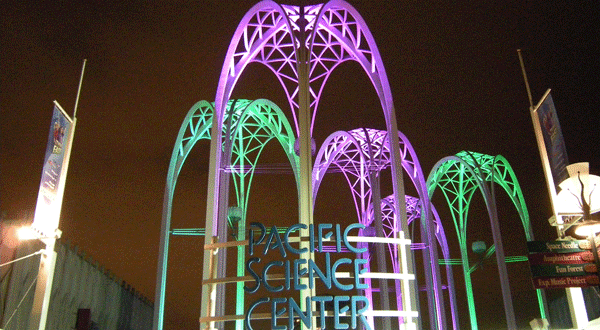
I’m a slow learner. I mean that I like the feel of learning slow. I don’t wish to be rushed.
I’m learning how the Big Bang began our universe about 14 billion years ago. Why do we believe such a thing? What’s the evidence? I’m learning. Don’t rush me.
I’m learning how whales evolved from terrestrial creatures with hooves that waded about in the muck. How do we know? I’m learning. Don’t rush me.
I’m learning how domestic dogs evolved from the wolf. Don’t hound me.
I’ve no need to rush. I’m not in school. I’ve no need to study for tests. I’ve no need to cram. I’ve no need to produce a paper for a class. Of course I’m a writer and I have some drop-deadlines, but that’s my own free choice.
My pace of learning is slow, but it’s steady.
I get stuck, but then I get unstuck.
And learning about ancient light, about wonderful life, about the whole big shebang, about what it means to be 98 percent chimpanzee, about oxygen, about the brain on our mind, and all the rest is such a long-term endeavor, such an absorbing pleasure, such a trip, so endlessly engrossing, with so many permutations and byways and ramifications and digressions, that no school could contain it all.
Even scientists, I bet my hat, must become mildly mystified when confronting subjects outside their own specialties.
In my quest to learn, I assemble books, Internet sites, magazines, journals, and human helpers. And there are science museums to visit—my own (Seattle’s Pacific Science Center), as well as New York’s American Museum of Natural History, San Francisco’s Exploratorium, and Los Angeles’s California Science Center. About this last, a recent survey revealed that half the residents of Los Angeles County (including people from all walks of life) have visited it, and what’s more, learned from it.
We need visual and tactile aids. It’s one thing to know that DNA is composed mainly of base pairs (A, adenine, and T, thymine; and G, guanine, and C, cytosine). And it’s another thing to know that A will stick only to T whereas G will stick only to C. But that’s abstract, hard to grasp. But if A is a flat red block with a triangle-shaped end and T is a flat blue block with a negative triangle cut out so that A and T fit together, you can see it. And here is G, guanine, and C, cytosine, with green and yellow blocks that fit together with a protruding half moon and a half-moon cutout so that G and C fit together. Ah. I’m beginning to get it.
That we have 3.25 billion base pairs in our genome is beyond comprehension. At least it’s beyond mine. But here at the Pacific Science Center you can see a human chromosome 21 printed out on India paper and bound into a foot-thick book. It comes to 1,717 pages. The letters are printed in one line rather than in pairs, since A always marries T and G always marries C. One paragraph looks like this (copied from another someone’s Chromosome 21, National Center for Biotechnology Information):
GATCTTCCTCCAAAGAAATTGTAGTTTTCTTCTGGCTTAGAGGTAGATCATCTTGGTCCAATCAGACTGA
AATGCCTTGAGGCTAGATTTCAGTCTTTGTGGCAGCTGGTGAATTTCTAGTTTGCCTTTTCAGCTAGGGA
TTAGCTTTTTAGGGGTCCCAATGCCTAGGGAGATTTCTAGGTCCTCTGTTCCTTGCTGACCTCCAATTTT
GTCTATCCTTTTGCTGAGAGGTCTGCTTAACTTCCTTTTAGTCAGGTAGCTCCATTTTATGCTAAGCTTC
TTAGTTGCTCACCTTCTGCAGCTAAAGAATCAGAAAATGCTGTGAAGGAAAAACAAAATGAAATTGCATT
GTTTCTACCGGCCCTTTATCAAGCCCTGGCCACCATGATAGTCATGAATTCCAATTGTTGTCTATGCAGG
CCTACCAGATTTCTAACATCTCTGAGCTACCATTTTCTTCTTAGCTATCTGCTCAGCAAATGTATCCAAA

